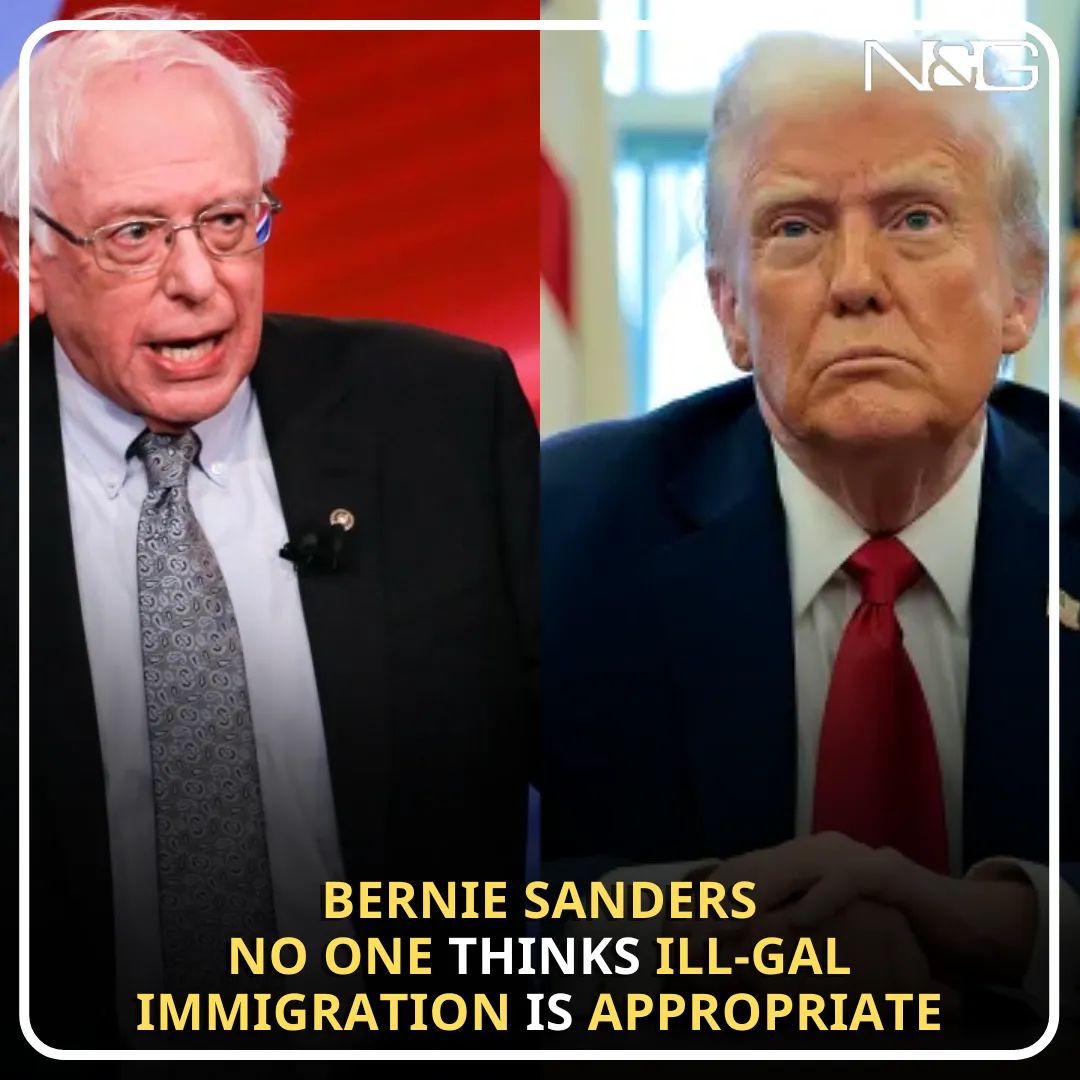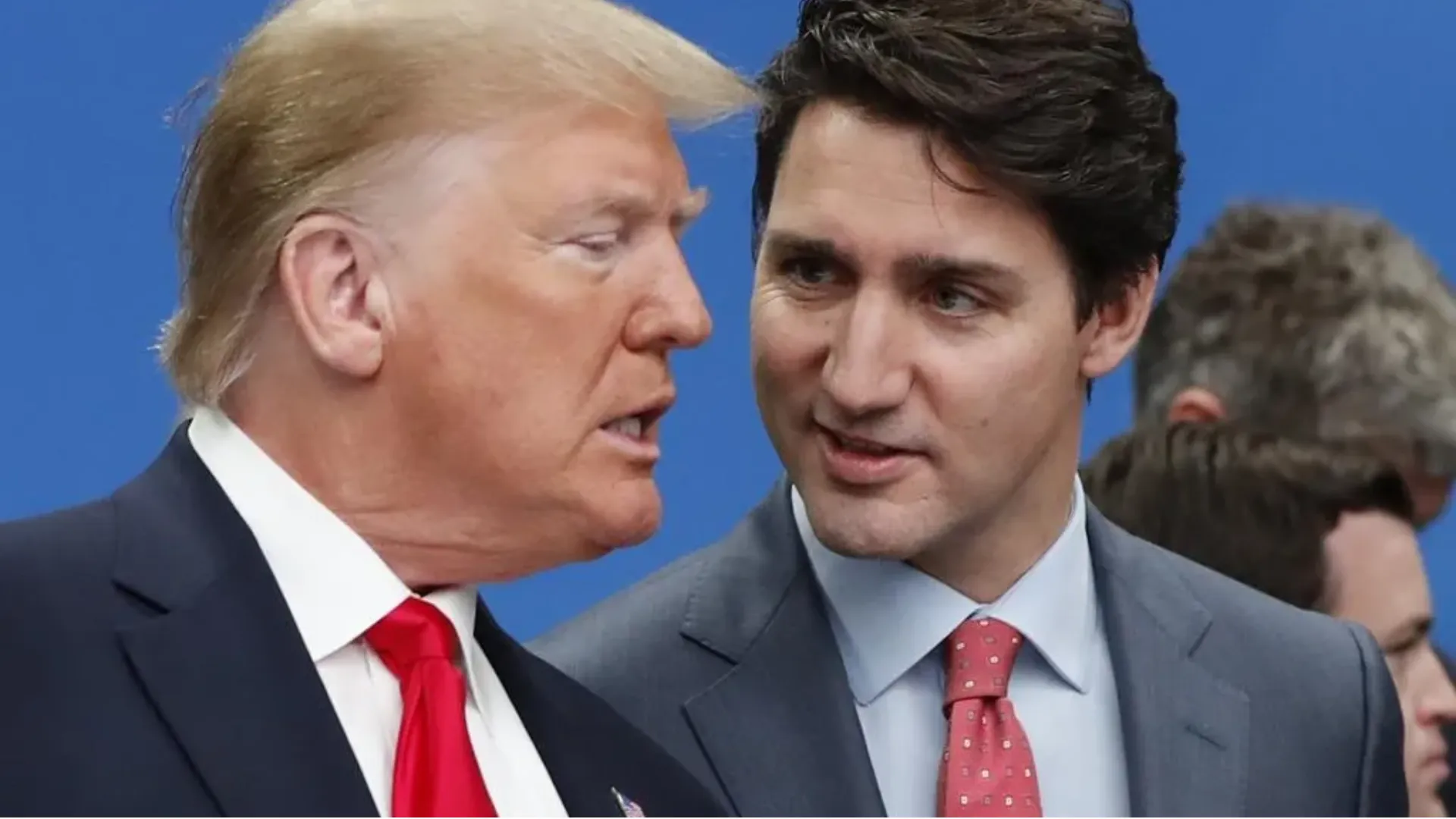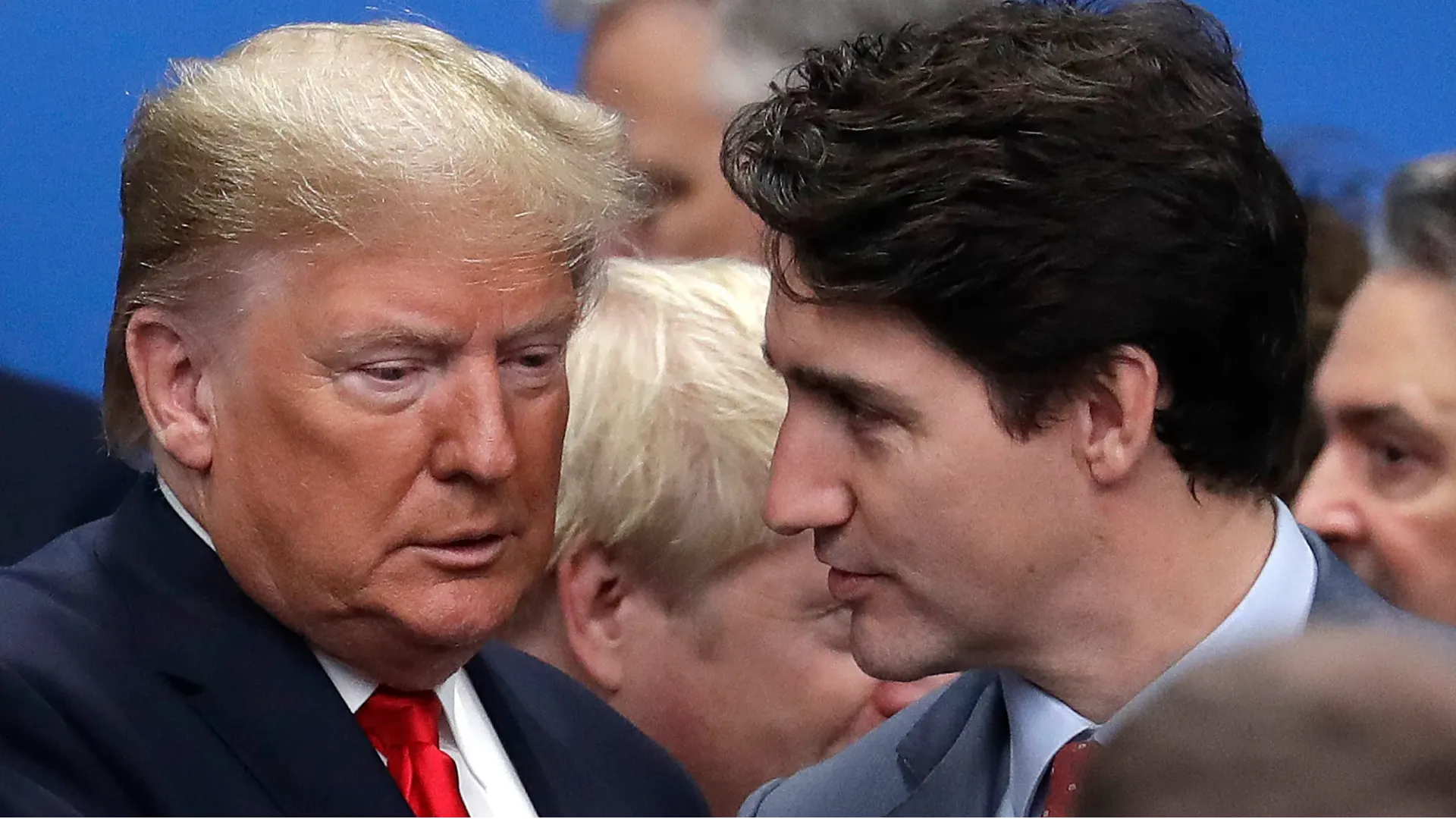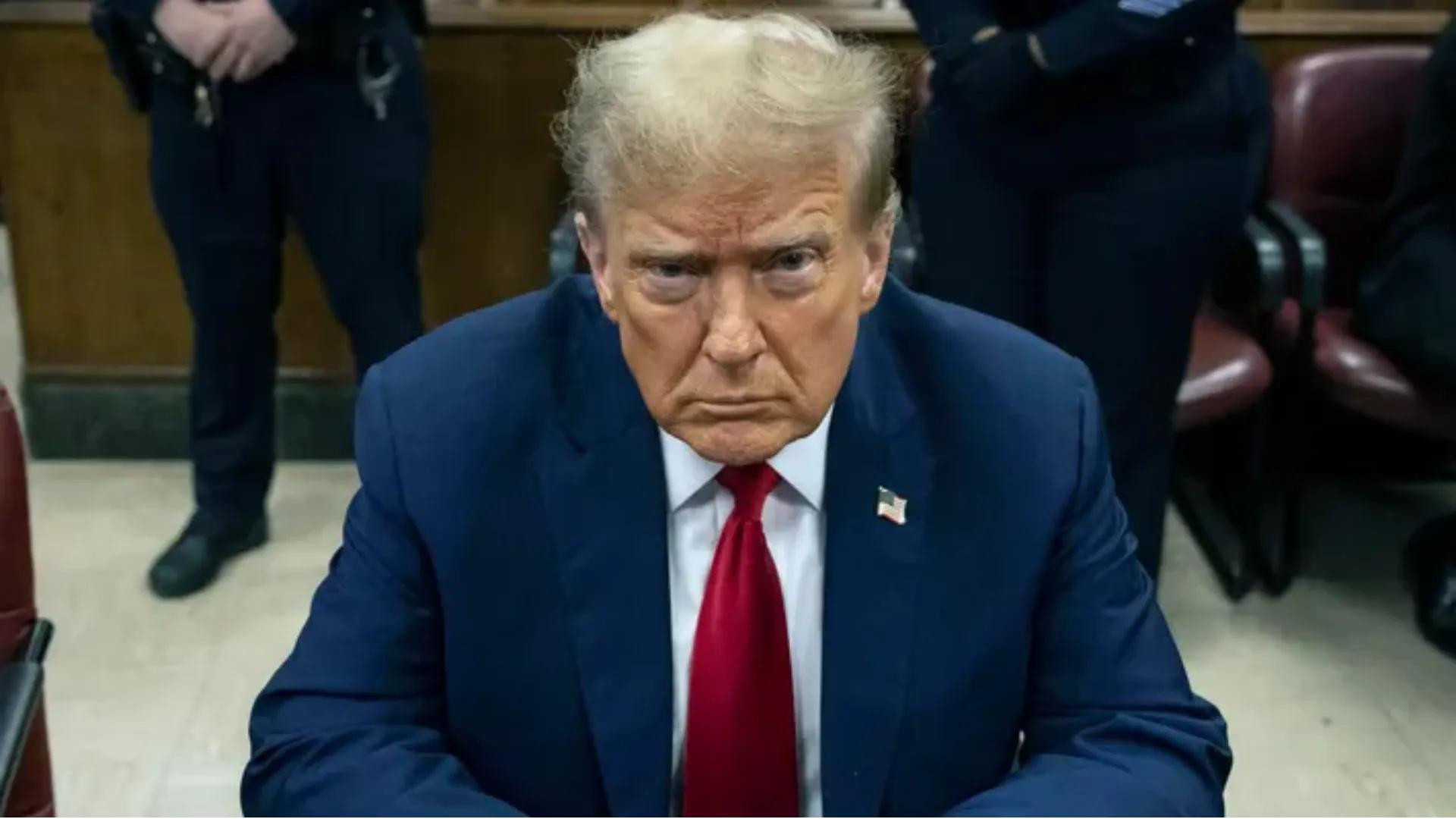President Donald Trump is reviving his long-standing dream of hosting a full-scale military parade in the heart of Washington, D.C., and this time, the date is personal: June 14—his 79th birthday.
The planned event, set to fall on the same day as the 250th anniversary of the U.S. Army, is being touted by Trump as a “patriotic celebration of American strength and history.”
But for many critics, the pageantry carries a much different tone — one they say echoes the autocratic displays of power seen in countries like Russia, China, and North Korea.
And at the heart of the backlash? A massive projected cost to U.S. taxpayers — expected to run into the tens of millions of dollars, at a time when many Americans are facing rising costs, a shaky economy, and what local leaders call “a logistical nightmare.”
Trump has been obsessed with the idea of a military parade since at least 2017, when he attended France’s Bastille Day celebration in Paris and reportedly “couldn’t stop talking about it.”
He attempted to make it happen in 2018, envisioning tanks rolling down Pennsylvania Avenue, fighter jets overhead, and rows of uniformed soldiers saluting him from below.
That parade was ultimately canceled after widespread criticism — including from D.C. officials, who opposed the cost and infrastructure strain, and military leaders, who were reportedly uneasy with the idea of using troops and equipment for political spectacle.
At the time, internal estimates projected the parade would cost nearly $92 million, according to a Pentagon memo leaked to the press. Now, with less than 10 weeks to go, Trump appears set on pulling it off.
Sources familiar with the planning told the Washington City Paper that the current blueprint involves a nearly four-mile route, stretching from the Pentagon to the White House. That would require coordination across multiple jurisdictions, including D.C., Arlington County, and various federal agencies.
The event would involve massive security operations, rerouting public transportation, restricting civilian access, and potentially bringing tanks and armored vehicles onto city roads, which had previously raised concerns about damaging infrastructure.
Officials have yet to receive full details from the Trump administration, but early estimates suggest the cost could again reach or exceed $50 million to $100 million, depending on the scale.
Arlington County Board Chair Takis Karantonis confirmed that the county was given informal notice by the White House, but no formal plans, permits, or logistics have been presented.
“Events of this magnitude typically take months of coordination,” he said. “We’ve been given a timeline of weeks. We still don’t have clear communication on the security footprint, road closures, or even how many people they expect.”
D.C. officials say they too were caught off guard by the announcement, with one insider noting, “They’re treating this like a last-minute birthday bash — only the candles are missiles and the balloons are fighter jets.”
Public reaction to the announcement has been fierce — especially on social media, where comparisons to authoritarian regimes exploded almost instantly.
“This is exactly what dictators do,” one user posted on X (formerly Twitter). “A show of force, timed to his birthday? That’s not patriotism — it’s egomania.”
Another wrote: “He better not. This is not North Korea. Our economy is tanking, and he wants a parade for himself?”
Several users pointed to the timing, noting the contrast between the massive cost of the event and the economic strain faced by many Americans. “Spending that kind of money is not going to sit well with so many citizens facing financial ruin,” one person wrote.
The announcement comes amid ongoing criticism of Trump’s second-term spending priorities, which have included:
-
A proposed $20 billion expansion of the Department of Government Efficiency, led by Elon Musk.
-
Cuts to food aid, public education funding, and healthcare subsidies.
-
Increased funding for defense contracts and military demonstrations, including flyovers at campaign events.
Critics argue that the parade, while symbolic, reflects the broader values of the administration: style over substance, control over compassion, and a willingness to redirect taxpayer money for personal or political spectacle.
Despite the outcry, Trump loyalists and members of his administration are framing the event as a powerful celebration of military pride.
“This will be a historic moment,” said one unnamed White House aide. “It’s about honoring our troops, our history, and our president.”
Conservative media outlets have echoed that sentiment, with several hosts calling it “a long overdue tribute to the armed forces” and “a reminder of American exceptionalism.”
But even some veterans have expressed discomfort with the idea.
“I served in Iraq and Afghanistan,” one former Army officer posted online. “We didn’t fight so a president could parade tanks through the streets like a Bond villain on his birthday.”
This isn’t the first time D.C. Mayor Muriel Bowser has pushed back on Trump’s parade ambitions.
Back in 2018, she openly criticized the idea, tweeting: “Yup, I’m the Mayor who said no.” Her office cited security risks, street damage from tanks, and massive budget demands as reasons for the city’s opposition.
This time, sources say Bowser has once again expressed skepticism about the event, but has not yet made a formal statement. D.C.’s government will be under pressure to either accommodate or publicly challenge the plan.
Meanwhile, several local leaders are exploring legal options to block or limit the parade’s scope if it infringes on local jurisdictions or safety protocols.
While the parade is being marketed as a patriotic event to honor the military, many observers note the uncanny alignment with Trump’s personal brand of politics: bold, brash, and centered on himself.
“He’s literally throwing a party with tanks on his birthday,” one commentator noted. “If that doesn’t scream ego trip, what does?”
Others say the symbolism is no coincidence — June 14 is not only Trump’s birthday, but also Flag Day and the U.S. Army’s 250th anniversary. Wrapping his personal milestone in the flag and the military makes for excellent optics — and dangerous precedent, critics warn.
In the end, the parade raises deeper questions about the state of American democracy under Trump’s leadership.
“When the symbols of democracy are co-opted for the glorification of a single man,” said one political analyst, “you’re no longer celebrating freedom. You’re costuming it.”
The tanks, the flags, the music — it all may look like a patriotic celebration. But many see something darker beneath the surface: a commander-in-chief treating the armed forces as set dressing for his own narrative.
Unless blocked by local authorities or logistical impossibilities, the parade is expected to proceed on June 14. Officials across the capital region are scrambling to prepare for possible rerouting, security deployments, and coordination with military branches.
And while no one knows yet how many troops, tanks, or aircraft will actually appear — one thing is clear: this will be a parade as politically loaded as the missiles that may roll down the avenue.








